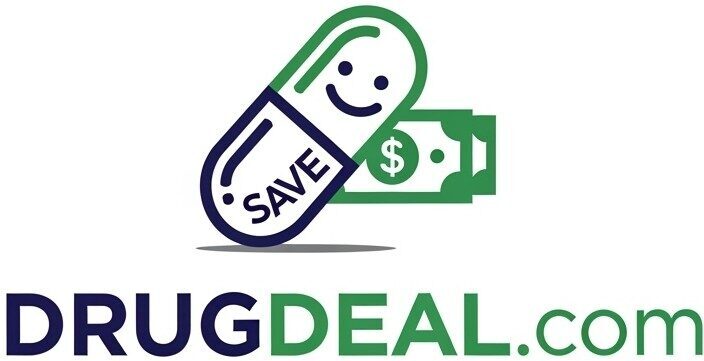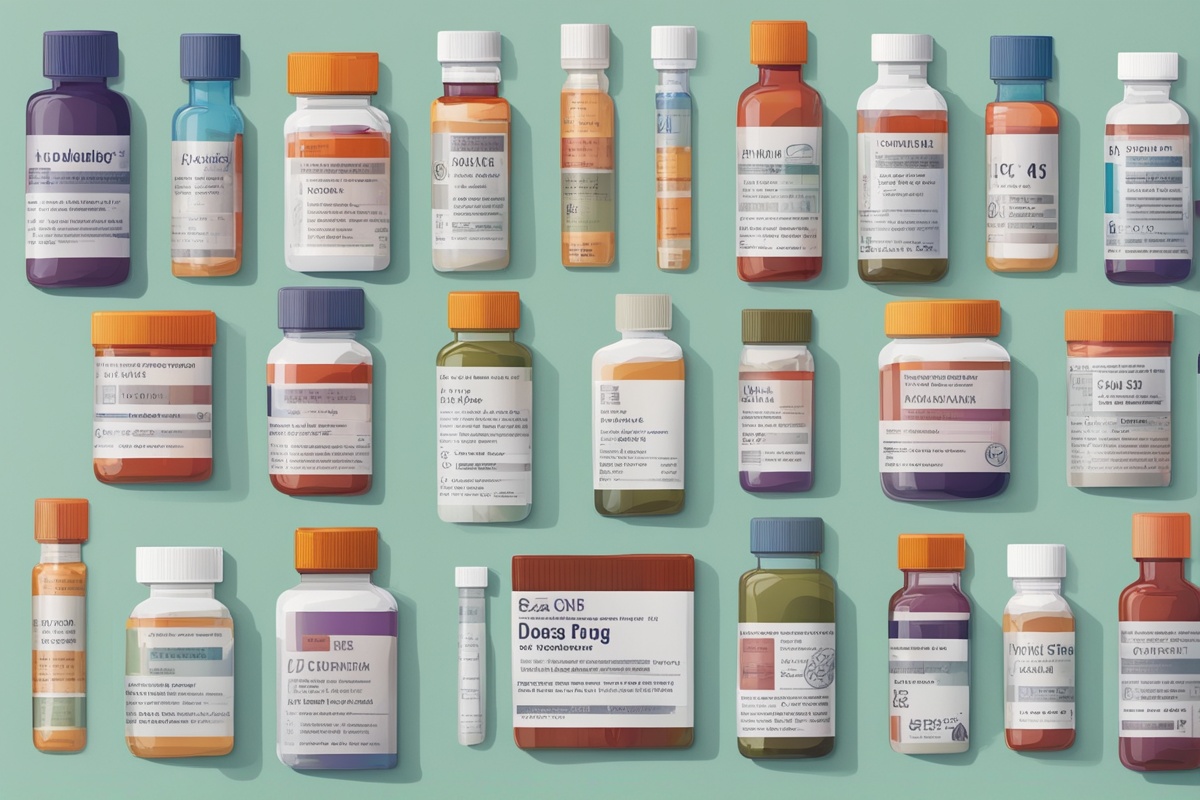Navigating the world of over-the-counter (OTC) medications can feel like walking a tightrope. On one hand, these drugs are a convenient lifeline for minor aches, fevers, or allergies. On the other, a single misstep in dosage can turn relief into risk. That’s why learning to calculate OTC drug dosage accurately is not just a skill—it’s a necessity. Whether you’re a parent measuring out cough syrup for a restless child or someone managing a headache after a long day, precision matters. Let’s dive into the nitty-gritty of getting it right, with practical tips, real-world insights, and a sprinkle of common sense to keep you safe.
Why Accurate OTC Dosage Calculation Is Non-Negotiable
Ever heard the saying, “Too much of a good thing can be bad”? That’s the reality with OTC medications. These drugs—think ibuprofen, acetaminophen, or antihistamines—are accessible for a reason: they’re generally safe when used as directed. But “as directed” is the key phrase. Overdosing, even slightly, can lead to side effects ranging from nausea to severe organ damage. Underdosing, meanwhile, might leave you suffering without relief. I’ve seen this firsthand when a friend, in a rush, eyeball-guessed a dose of pain reliever for her toddler, only to realize later she’d given too much. Thankfully, a quick call to a pediatrician sorted it out, but it was a wake-up call. Accurate dosage isn’t just about following rules; it’s about protecting yourself and your loved ones.
The stakes are higher for certain groups—children, the elderly, or those with chronic conditions—where even a small miscalculation can amplify risks. So, how do you ensure you’re on the right track? It starts with understanding the basics of dosage instructions and the tools at your disposal.
Step 1: Read the Label Like Your Life Depends on It
Let’s be honest—how often do you skim the fine print on a bottle of cold medicine? If you’re like most of us, probably not often enough. But that label is your roadmap to calculating OTC drug dosage accurately. It lists the active ingredients, recommended doses by age or weight, frequency, and maximum daily limits. Ignore it, and you’re flying blind. For instance, acetaminophen often hides in multiple products—pain relievers, sleep aids, even cold remedies. If you’re not checking labels, you could accidentally double up and exceed safe limits. I made this mistake once years ago, combining a fever reducer with a multi-symptom cold medicine, only to feel jittery and unwell. A quick label check revealed my error, and I dodged a bullet.
Pro tip: If the instructions aren’t clear or the print is too tiny, don’t guess. Many manufacturers offer helplines or online resources for clarification. And if you’re dealing with a child’s medication, always double-check whether the dose is weight-based or age-based—more on that next.
Step 2: Weight vs. Age—Know Which Matters More
Here’s a question to chew on: Should you dose based on age or weight? The answer isn’t always straightforward, especially for kids. Many OTC meds for children, like liquid acetaminophen or ibuprofen, provide dosing charts based on weight because it’s a more precise indicator of how a child’s body will process the drug. Age-based dosing assumes an average, which doesn’t account for a petite 5-year-old or a taller-than-average 10-year-old. I remember chatting with a pharmacist about this when my niece was sick—she weighed less than typical for her age, and the pharmacist advised adjusting the dose accordingly after consulting her pediatrician. It was a small tweak, but it made a big difference in avoiding potential side effects.
For adults, weight rarely factors into OTC dosing unless specified (like with some antihistamines). But for kids, always weigh them if possible before calculating the dose. Keep a scale handy, and don’t rely on last year’s numbers—kids grow fast! If weight isn’t an option, fall back on age, but err on the side of caution and consult a healthcare provider if you’re unsure.
Step 3: Use the Right Tools for Measurement
Imagine you’re pouring cough syrup into a kitchen spoon because the dosing cup went missing. Sounds harmless, right? Wrong. Household spoons vary wildly in size—a “teaspoon” might hold anywhere from 3 to 7 milliliters, while a proper 5 mL dose is critical for safety. I learned this the hard way when I used a random spoon for my own allergy meds and ended up with a fuzzy head from too much antihistamine. Now, I stick to the dosing tools provided or invest in a calibrated syringe or cup from the pharmacy.
Here’s the deal: Always use the measuring device that comes with the medication, or get a precise alternative. For liquids, syringes or droppers are gold for small doses, especially for infants. Tablets or capsules? Check if they can be split—some can’t without losing effectiveness—and use a pill cutter if needed. Precision in measurement is half the battle in calculating OTC drug dosage accurately.
Step 4: Timing and Frequency—Don’t Play Fast and Loose
Dosage isn’t just about how much—it’s also about when and how often. Most OTC meds have clear intervals (e.g., “every 4-6 hours as needed”), and ignoring them can lead to trouble. Take ibuprofen, for instance. Spacing doses too closely can stress your stomach or kidneys. I recall a coworker who, desperate to kill a migraine, took doses too frequently and ended up with severe nausea. He didn’t realize the “as needed” part doesn’t mean “as often as you want.” Stick to the schedule, set a timer if you must, and never exceed the daily maximum, no matter how tempting.
Also, pay attention to whether the drug should be taken with food or on an empty stomach—timing can affect absorption and side effects. If you’re juggling multiple OTC meds, chart out a schedule to avoid overlap or interactions. When in doubt, a pharmacist is your best friend for advice on timing.
Step 5: Know When to Seek Help
Let’s face it—sometimes, calculating OTC drug dosage accurately isn’t enough. If symptoms persist beyond a few days, worsen, or come with red flags (think fever over 103°F, rash, or confusion), it’s time to wave the white flag and call a professional. I’ve been there myself, stubbornly trying to self-treat a lingering sinus issue with decongestants, only to land in urgent care with a nasty infection. OTC meds are for short-term relief, not long-term solutions.
Special cases—like pregnancy, breastfeeding, or pre-existing conditions—also demand extra caution. What’s safe for one person might not be for another. The American Pharmacists Association emphasizes that even common OTC drugs can pose risks in these scenarios, so always consult a doctor or pharmacist before proceeding. Better safe than sorry, right?
Final Thoughts: Build Confidence Through Knowledge
Mastering how to calculate OTC drug dosage accurately isn’t rocket science, but it does take diligence. From reading labels with a hawk’s eye to using the right tools and knowing your limits, every step builds a safety net for you and your family. Think of it like cooking a favorite recipe—measure carefully, follow the steps, and adjust as needed, but don’t improvise without a good reason. Over time, I’ve turned these habits into second nature, and the peace of mind is worth every extra minute spent double-checking a dose.
Remember, you’re not alone in this. Pharmacists, helplines, and trusted resources are just a call or click away. So, next time you reach for that bottle of pain reliever or allergy relief, pause and ask yourself: Am I doing this right? A little care goes a long way in keeping minor ailments from becoming major headaches.
References
- University of Minnesota Extension – Using Over-the-Counter Medications Safely
- Purdue University Extension – OTC Medication Safety
- Missouri Botanical Garden – Health and Wellness Resources
- Colorado State University Extension – OTC Medication Guidelines
- Arnold Arboretum of Harvard University – Health Tips for Safe Medication Use
Disclaimer: This article is for informational purposes only, based on general research and personal experience—it’s not a substitute for professional medical advice. Always consult a qualified healthcare provider, such as a doctor or pharmacist, for personalized guidance on medication use, especially if you have underlying health conditions, are pregnant, breastfeeding, or are dosing for children or the elderly. The information provided here aims to educate and empower, but individual circumstances vary, and professional input is critical for safety. If you experience adverse reactions or have concerns about OTC drug usage, seek medical attention promptly. Your health and well-being are the top priority, and this content is merely a starting point for informed decision-making.
This content is for informational purposes only and not a substitute for professional advice.


